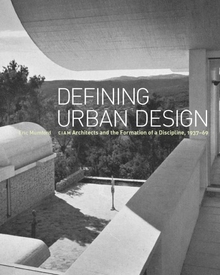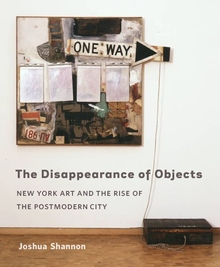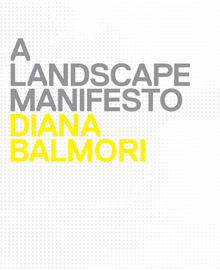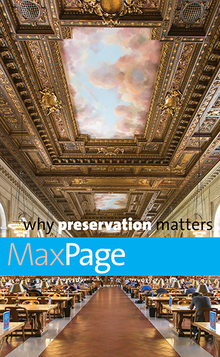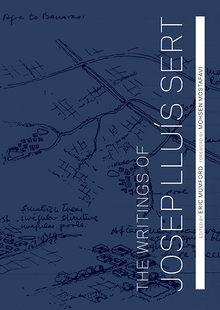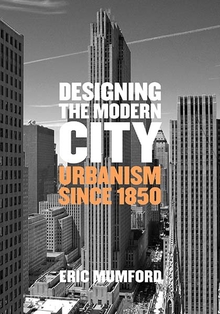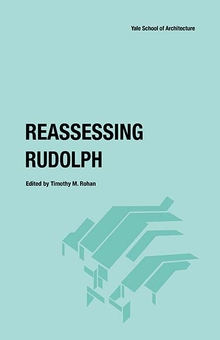Defining Urban Design
WARNING
You are viewing an older version of the Yalebooks website. Please visit out new website with more updated information and a better user experience: https://www.yalebooks.com
CIAM Architects and the Formation of a Discipline, 1937-69
Eric Mumford
In this meticulously researched book, Eric Mumford traces how members of the International Congress of Modern Architecture (CIAM), such as Walter Gropius, Josep Lluís Sert, and their American associates, developed the discipline of urban design from the 1940s to the 1960s. Now widely known, this field has had significant influence in university departments and building projects around the world, but its roots in the urbanism of CIAM are not well understood.
CIAM proposed a new type of architecture, one that drew on the strategies of both modern art and engineering to promote efficiency and rational city planning. Mumford challenges the idea that this modern urbanism only resulted in the clearing of historical neighborhoods in favor of the public housing that would famously fail. Rather, Mumford argues, CIAM goals were instrumental in forming the field of urban design, and it was the rejection of these goals by politicians and bureaucrats, rather than their implementation, that led to the now familiar and lamentable results of urban renewal and metropolitan sprawl.
Publication Date: May 12, 2009
91 b/w + 15 color illus.

